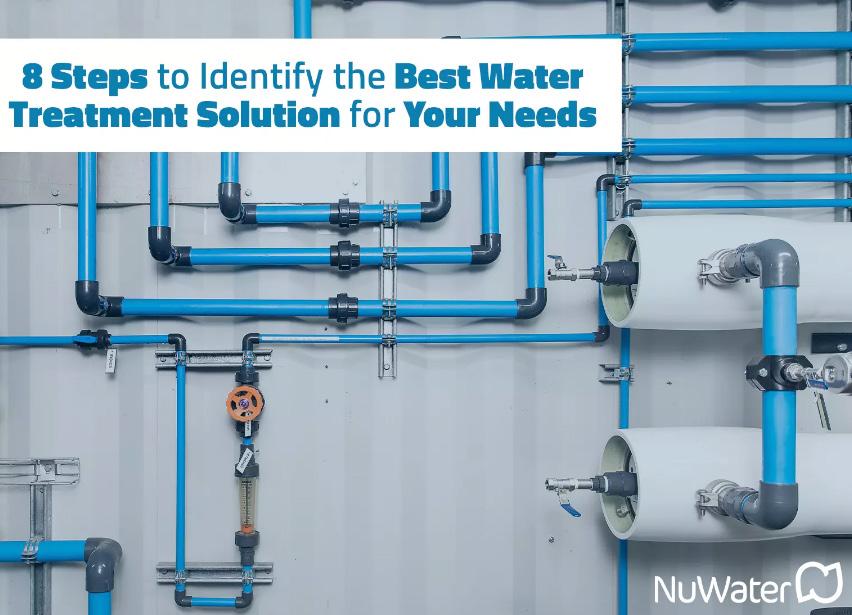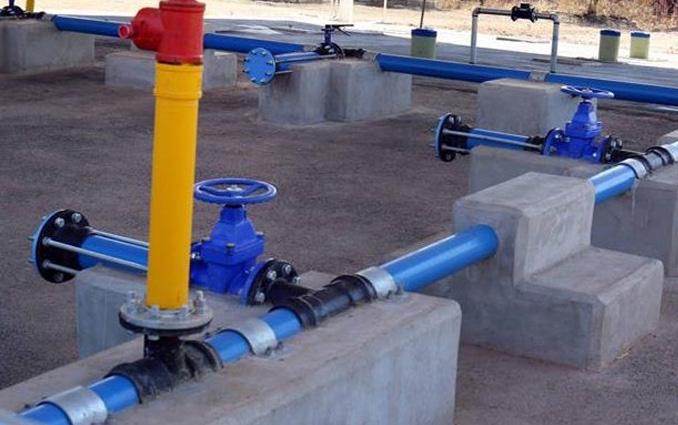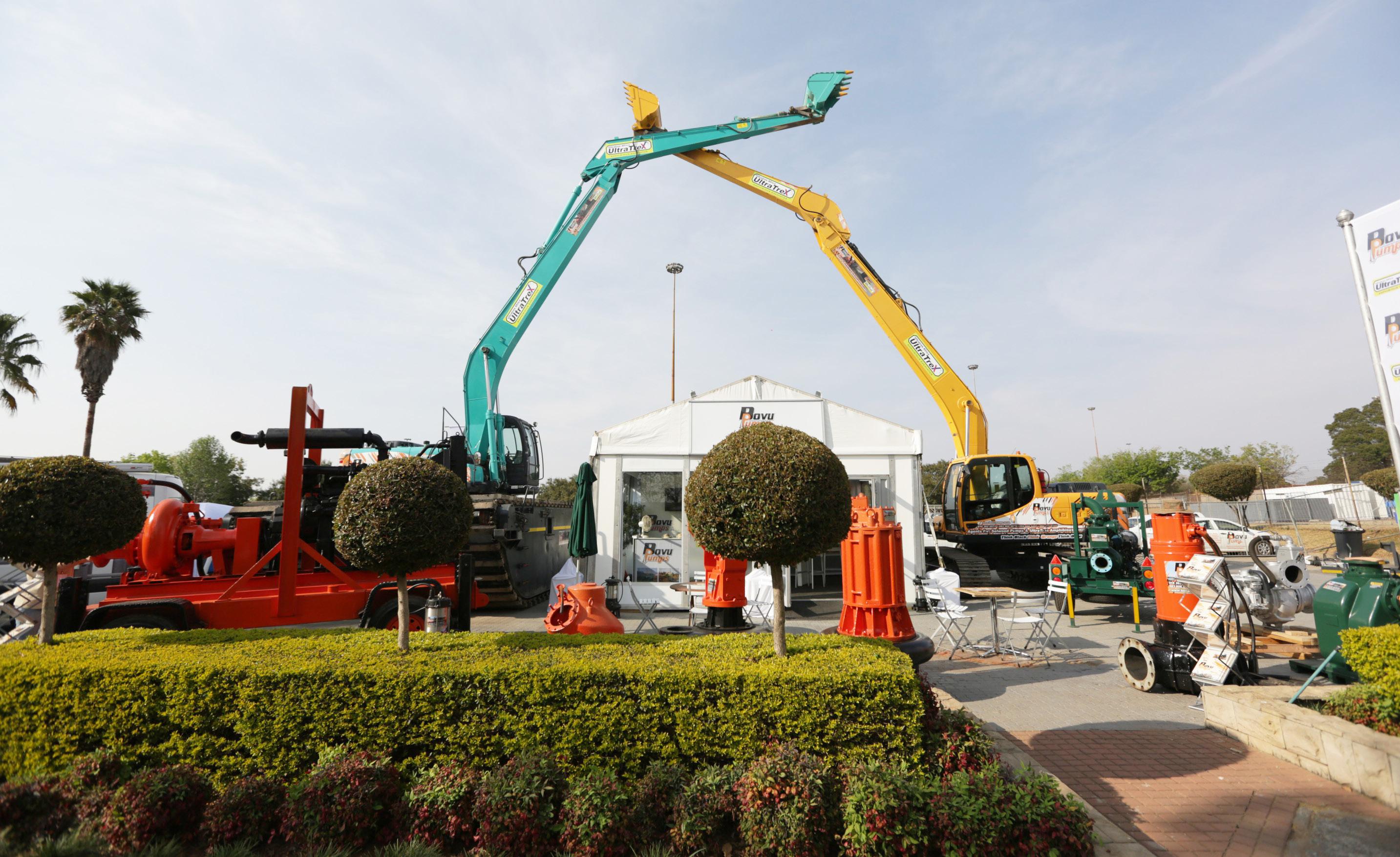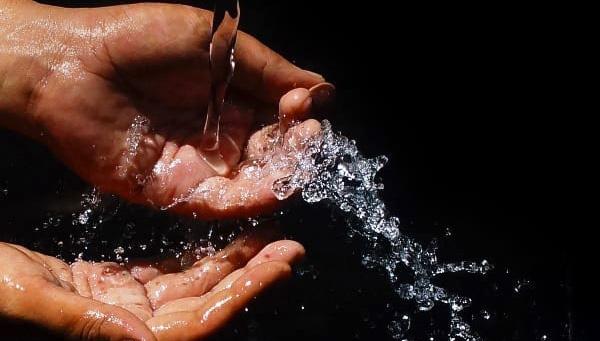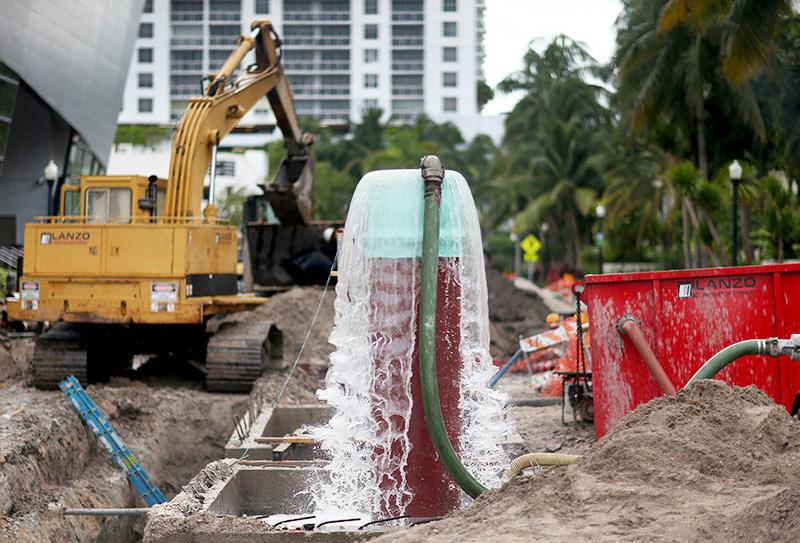
3 minute read
Air & Vacuum Technologies
all more frequent. “This plan must, in turn, be based on validated information, as well as sufficient human and financial resources, so that it can be implemented and kept relevant.”
More so, she said, we lived in a world where one could ill afford the system not to work indicating that a significant amount of water was lost every year due to deteriorating infrastructure and leaks. In Kenia, it is estimated some 40% of potable water is lost through leaking. South Africa is not far behind at around 37%. Pollution and the contamination of groundwater not to mention poor stormwater and groundwater management collectively added a constraint to the system placing huge economic pressure on countries.
Advertisement
Responding to the crisis
According to Owens, governments must address water management challenges by adopting a clear strategy and integrated approach that is linked to systematic planning. “Taking a strategic perspective on planning firstly helps to achieve water management goals regardless of the scale you are operating at, whether it is a high-level crossboundary catchment area or at the project-specific level.” She advises countries to align their strategic thinking to the African Union (AU) Agenda 2063 that takes into account the legal obligations to international conventions and bilateral agreements as well as the United Nations (UN) sustainable development goals that all inform and influence how water management issues should be approached. “The AU Agenda 63, in particular, is a framework for action to finding the desired water future for Africa. It calls for national, regional and local structures to be put in place working towards this goal.” A robust water management system, says Owens, is essential to build resilience against increasing demand on limited resources and the effects of climate change on the frequency and severity of droughts and floods. The Covid-19 pandemic has further weakened many water, sanitation and health (WASH) systems. A successful water management plan must align with the greater policy and strategy objectives. Once the overall strategy has been defined it is essential to develop actions and targets based on modelling, data analysis and results followed by the assigning of a responsibility and timeframes. “It is important to formulate a monitoring programme to determine the plan effectiveness,” says Owens. “During the monitoring and reviewing it is essential to collect and review available documentation on the projects, develop a checklist to ensure all is on track and engage with key stakeholders regularly. Site investigations are critical to report on findings, progress, challenges and to identify opportunities for improvement.”
Stakeholder involvement
According to Ismail Mahomed, a hydrogeologist at SRK Consulting, one of the aspects not often considered in detailed planning is the role of pump and drilling contractors.
“These people are often called in long after the strategy and plan has been drawn up and without any of their input in the detailed planning required for the water project,” he says. Their services are procured long after the strategy and plans have been drawn up and the expectation is that they simply install boreholes and pumps to the required design existing within the strategy or planning documents. “If one considers, however, where some of these projects are and the lack of infrastructure that exists and the numerous challenges that have to be overcome in water projects it is clear that the pump specialists must be part of the upfront discussions right at the beginning,” he says. “In my opinion, the pump service providers and the installers along with the drilling experts all need to be part of the discussion around the aim, objective and requirement of the project and then also around the logistics. If we can already troubleshoot at these meetings plans can be improved significantly alongside contractors.” Mahomed says it is essential that even in the strategizing of water management limitations and opportunities are discussed.
To do this pump experts who are au fait with what is possible in the field need to be involved in the discussions. Without a clear understanding of the engineering and pumping constraints from the getgo, projects are doomed to fail regardless. “In the water pumping environment, it can sometimes even be the simplest of things that gets a project stuck. One can never over-plan, but having working relationships and key stakeholders on board from the beginning will bring about far more successful water projects.”
Authorized Distributor of


